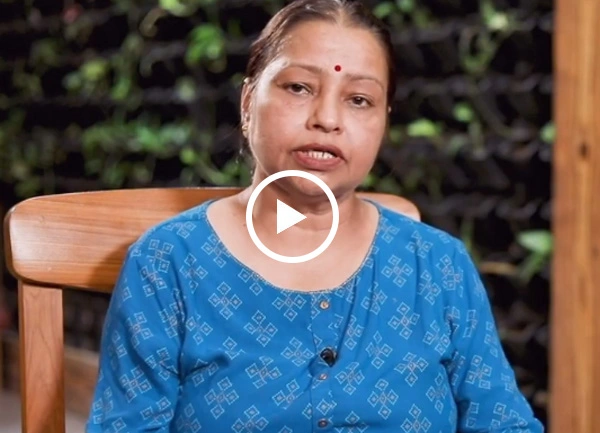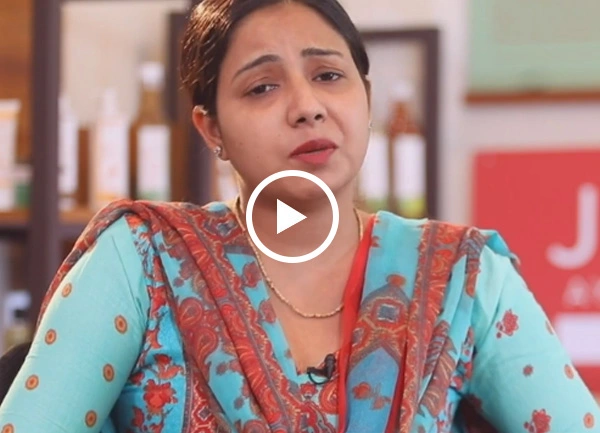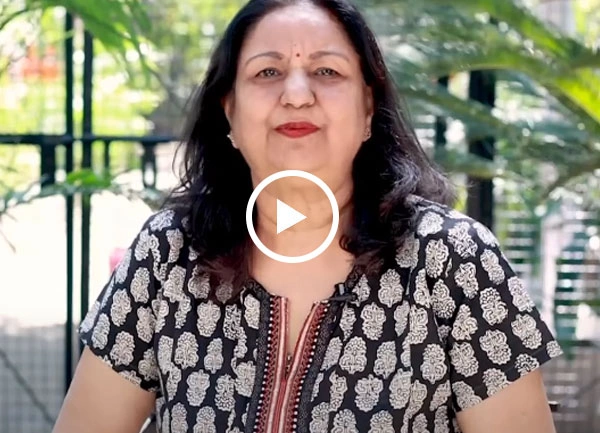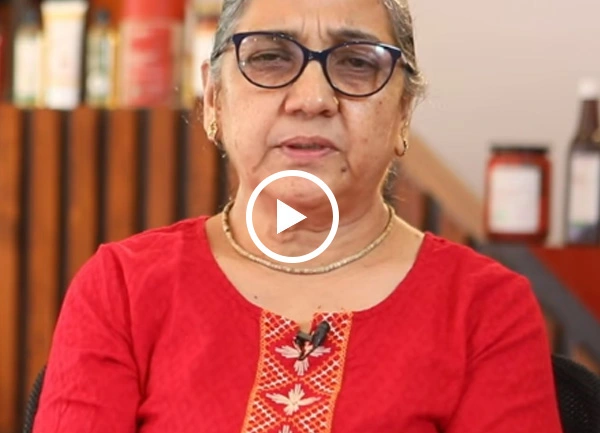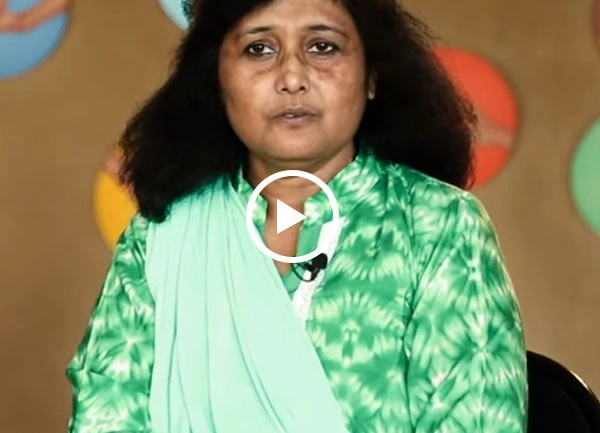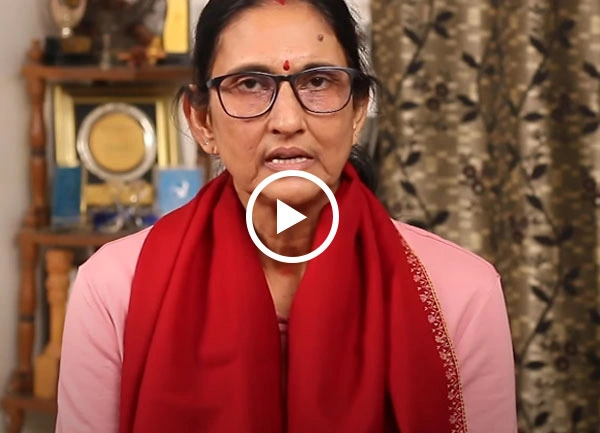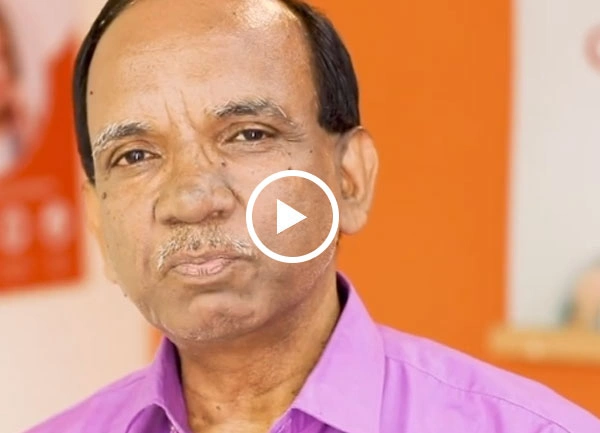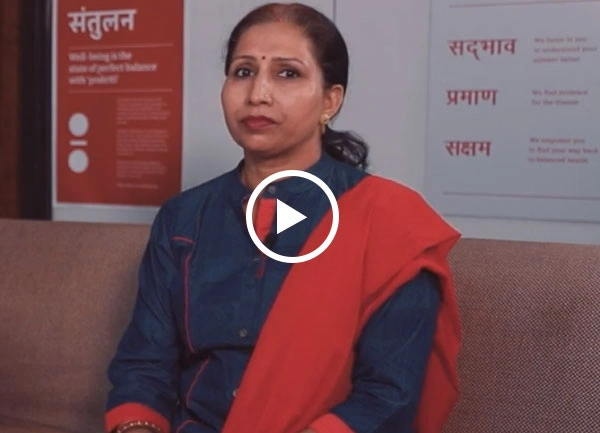The presence of the pancha mahabhutas in the human body corresponds as follows;
Aakash mahabhuta (Space) is present in the voids within the body such as the nostrils, mouth and abdomen.
Vayu mahabhuta (Air) represents movement in the muscles and nervous system.
Agni mahabhuta (Fire) controls enzyme function, digestion, metabolism and corresponds to intelligence.
Jal mahabhuta (Water) is present in all bodily fluids, including saliva, plasma, and digestive juices.
Bhumi mahabhuta (Earth) is represented in the structure of the body, including the bones, teeth, flesh, and hair.
These pancha mahabhutas work together in different ways to create three basic types of energies, called ‘Doshas’ in the human body. The elemental composition of the tridosha are as follows;
Vata dosha is a combination of vayu and akash elements. It controls all aspects of our body’s movements inside and out, including muscle movement, movement of food through our digestive tract, movement of blood through our blood vessels, etc.
Pitta dosha consists of agni elements, and so, it governs digestion, biotransformation of the digested food, and metabolism. The seats of pitta are in the digestive system, brain, lymph, liver, spleen, skin, eyes, and blood.
Kapha dosha consists of bhumi and jal elements. Therefore, it represents structure and the oily factors of our body, including fat tissue, mucous secretions, lubricating fluids, etc.
Ayurveda views disease as being caused by an excess or deficiency in one or all of the tridosha in an individual. Therefore, maintaining a balance between the three energies and the five elements is essential to remain in a state of health. The pancha mahabhuta serves as the foundation for all forms of treatment in Ayurveda. It is a valuable resource for physicians that helps them detect and treat illnesses of the mind and body successfully.







